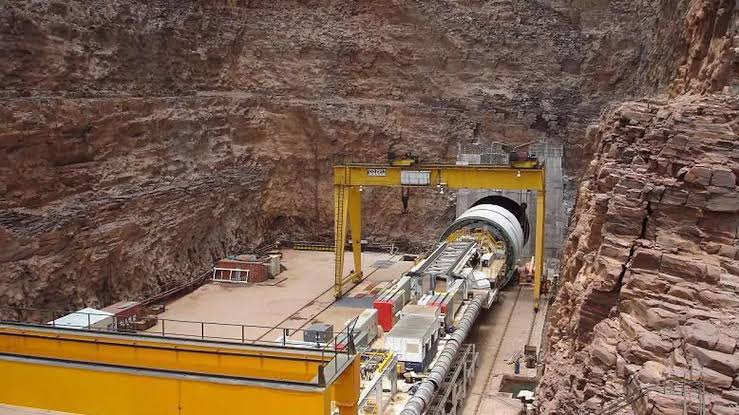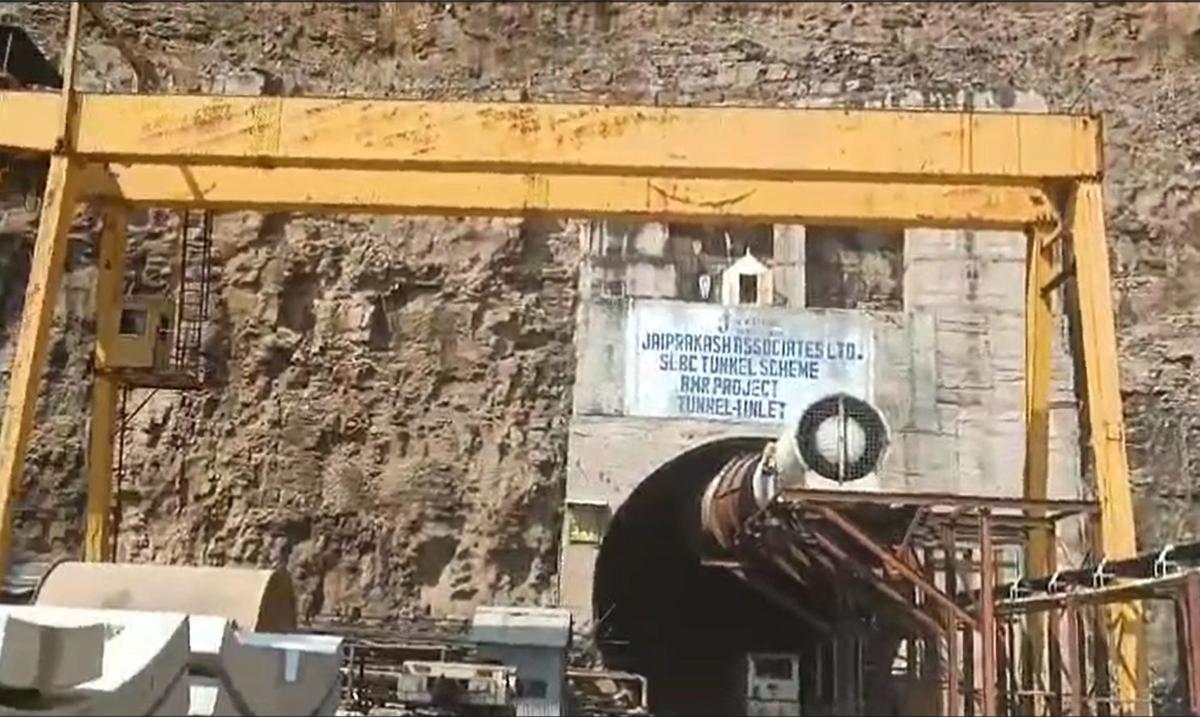Eight workers remain trapped following a tragic tunnel collapse in Telangana’s Nagarkurnool district, sending waves of concern through the region. The accident occurred on Saturday at an under-construction section of the Srisailam Left Bank Canal (SLBC), leaving families and officials anxiously hoping for a successful rescue operation.
 Among those trapped are two engineers, two machine operators, and four workers, caught 14 kilometers inside the tunnel. The situation is dire, with water and soil seepage worsening the conditions inside. According to Telangana Irrigation Minister N Uttam Kumar Reddy, the state government is mobilizing all possible resources, including expert teams who had previously assisted in the Uttarakhand tunnel rescue last year. The Indian Army and the National Disaster Response Force (NDRF) have also been called in to aid the operation.
Among those trapped are two engineers, two machine operators, and four workers, caught 14 kilometers inside the tunnel. The situation is dire, with water and soil seepage worsening the conditions inside. According to Telangana Irrigation Minister N Uttam Kumar Reddy, the state government is mobilizing all possible resources, including expert teams who had previously assisted in the Uttarakhand tunnel rescue last year. The Indian Army and the National Disaster Response Force (NDRF) have also been called in to aid the operation.
Chief Minister Revanth Reddy expressed deep concern over the incident, issuing immediate directives to officials to expedite relief efforts. His office released a statement confirming that he has alerted the district collector, superintendent of police, fire services department, and other key agencies to coordinate rescue measures on a war footing.
The accident has also prompted political reactions. Union Coal Minister G Kishan Reddy has urged officials to prioritize the safety of those trapped, while Bharatiya Rashtra Samithi (BRS) working president KT Rama Rao criticized the state government, attributing the disaster to alleged negligence and poor supervision. He accused the administration of compromising safety standards in a rush for commissions and contracts, calling for urgent and transparent action to prevent further such tragedies.
In a crucial move, a 19-member expert rescue team from Singareni Collieries Company Ltd (SCCL), a state-owned coal mining firm, has been deployed to the site. SCCL’s chairman and managing director, N Balaram, emphasized that the company possesses advanced equipment from Australia, the USA, and Poland, capable of cutting through boulders within minutes—technology that could be instrumental in bringing the workers to safety.
As rescue operations intensify, families of those trapped wait in agonizing uncertainty, clinging to hope for their loved ones’ safe return. The coming hours will be critical, with every effort being made to ensure a successful rescue and to prevent such accidents from recurring in the future




